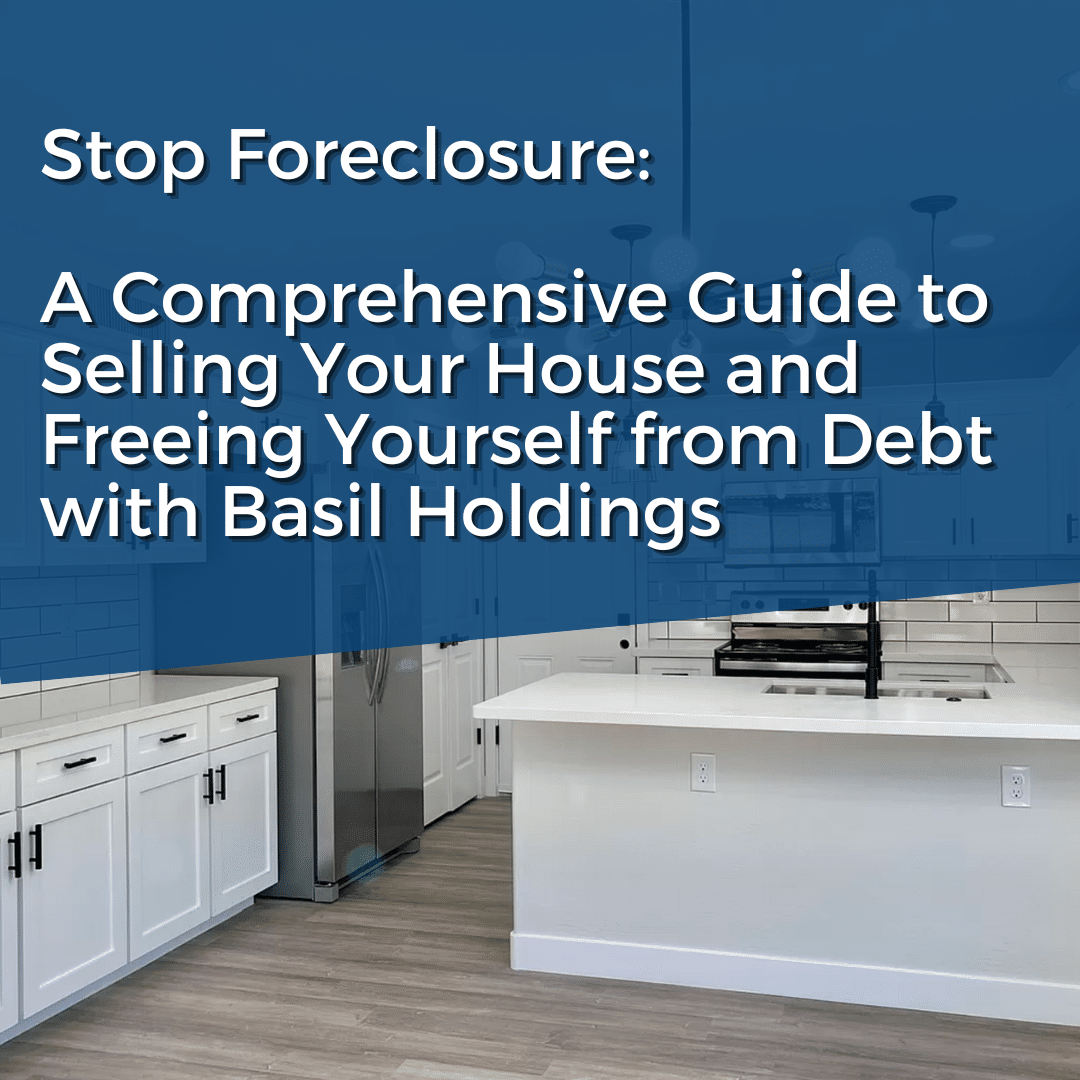Introduction
When it comes to selling a property, first impressions are everything. Home staging, the art of presenting your property in its best possible light, can be a game-changer in attracting potential buyers and maximizing your property’s value. In this blog, we will delve into the world of home staging and explore top tips to ensure your property stands out in a competitive market.
- Declutter and Depersonalize
The first step in effective home staging is decluttering and depersonalizing the space. Buyers need to envision themselves living in the house, so remove personal photos, knick-knacks, and excessive furniture. A clutter-free environment allows buyers to focus on the property’s features, not distractions.
- Create a Neutral Canvas
Neutral colors create a blank canvas that appeals to a broader range of buyers. Consider painting walls in soft, neutral tones and using neutral-colored furnishings. This helps potential buyers see the potential of the space without being distracted by bold colors or overly specific decor.
- Emphasize Space and Flow
Arrange furniture to create a sense of space and flow. Remove any bulky or unnecessary furniture that could make rooms feel cramped. Create clear pathways and open spaces that allow buyers to move around freely and visualize their own furniture arrangements.
- Highlight Key Features
Identify the unique selling points of your property and make them the focal points of your staging efforts. Whether it’s a cozy fireplace, a stunning view, or a spacious kitchen, draw attention to these features through clever furniture placement and tasteful decorations.
- Bring in Natural Light
Natural light can make a space feel warm, inviting, and larger. Clean windows thoroughly, open curtains and blinds, and consider adding mirrors to reflect light. Ensure that your property is well-lit during showings to create an appealing atmosphere.
- Accessorize Thoughtfully
Strategically placed accessories can add character to your staged home. Think about using fresh flowers, stylish throw pillows, and decorative accents to enhance the overall aesthetic. However, remember that less is often more – avoid overcrowding spaces with too many accessories.
- Create Defined Spaces
If you have rooms with multiple potential uses, define their purpose clearly. Set up spaces to showcase their intended function – a home office, a reading nook, or a guest bedroom. Clear purposes help buyers visualize how they could utilize the space.
- Curb Appeal Matters
Don’t forget the exterior! A well-maintained exterior and front yard create a positive first impression. Trim the lawn, prune bushes, and add colorful flowers to boost curb appeal. A welcoming entrance sets the tone for the entire property.
- Pay Attention to Details
Small details can have a big impact. Fix any minor repairs like leaky faucets, loose cabinet handles, or cracked tiles. These seemingly insignificant issues can give the impression of neglect, potentially turning off potential buyers.
- Consider Professional Staging
If you’re unsure about your staging abilities, or if you’re dealing with a high-end property, hiring a professional staging company can be a wise investment. These experts have an eye for design and know how to create an environment that resonates with buyers.
Conclusion
Effective home staging is a powerful tool in maximizing your property’s value. By creating a welcoming and aspirational atmosphere, you can capture the attention of potential buyers and make a lasting impression. Remember, staging is not about disguising flaws, but about showcasing your property’s potential. With careful attention to detail, strategic design choices, and a focus on creating an emotional connection, you can increase your property’s appeal and ensure a successful sale.





